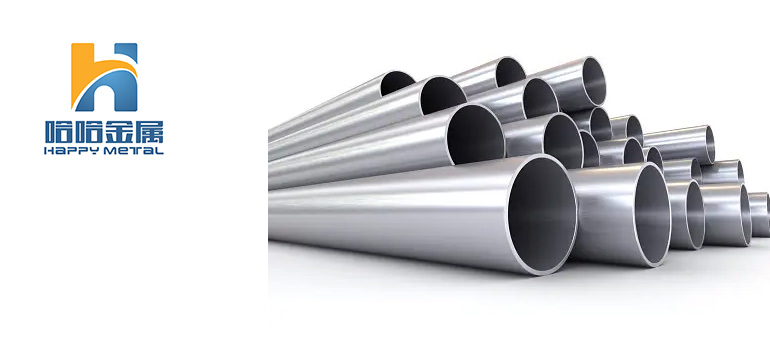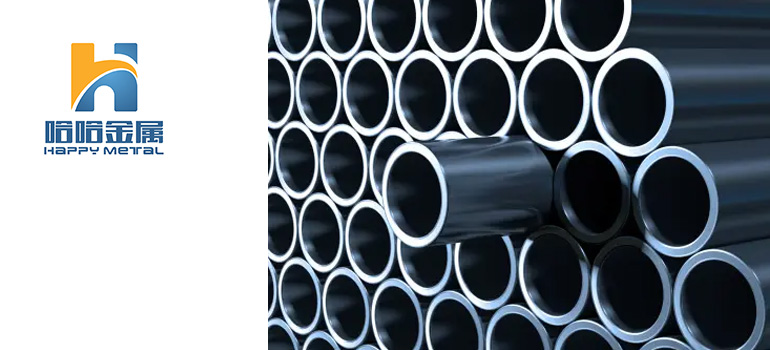In the field of stainless steel, Duplex stainless steel and 304 stainless steel are two highly regarded materials. They play a crucial role in many industrial applications, but there are some significant differences between them. This article will delve into the differences between Duplex stainless steel and 304 stainless steel, from chemical composition to mechanical properties, to help you better understand when to choose which material.
Comparison of chemical composition between Duplex stainless steel and 304 stainless steel

When selecting suitable stainless steel materials, it is first necessary to understand their chemical composition. Duplex stainless steel and 304 stainless steel have significant differences in this regard.
Chemical composition of 304 stainless steel
304 stainless steel is an austenitic stainless steel, which mainly consists of:
| Nickel (Ni) | 8-10.5% |
| Chromium (Cr) | 18-20% |
| Carbon (C) | less than 0.08% |
| Manganese (Mn) | less than 2% |
| Silicon (Si) | less than 1% |
| Phosphorus (P) | less than 0.045% |
| Sulfur (S) | less than 0.03% |
Chemical composition of Duplex stainless steel
Duplex stainless steel is a type of stainless steel that combines austenite and ferrite structures, and its chemical composition includes:
| Nickel (Ni) | 4-6% |
| Chromium (Cr) | 21-23% |
| Molybdenum (Mo) | 2.5-3.5% |
| Manganese (Mn) | 2% (maximum) |
| Silicon (Si) | 1% (maximum) |
| Nitrogen (N) | 0.08-0.2% |
Comparison of mechanical properties between Duplex stainless steel and 304 stainless steel
After understanding the chemical composition, we will focus on the differences in mechanical properties between these two types of stainless steel.
strength
Duplex stainless steel has higher strength compared to 304 stainless steel. This makes Duplex stainless steel more suitable for industrial applications that require high strength, such as chemical and marine engineering.
Corrosion resistance
304 stainless steel performs well in normal corrosive environments, but Duplex stainless steel performs even better when facing more severe corrosion conditions. Its corrosion resistance makes it an ideal choice for handling chlorine containing media and acidic environments.
Welding performance
In terms of welding performance, 304 stainless steel is relatively easy to operate. However, Duplex stainless steel requires special welding techniques due to its ferrite and austenite structure. However, once correctly welded, its weld strength and corrosion resistance will exceed that of 304 stainless steel.
Choose stainless steel that suits your needs
In practical applications, selecting stainless steel that meets the requirements is crucial. Here are some factors to consider:
Application environment
If your project is in harsh corrosive environments, Duplex stainless steel may be a wiser choice. For ordinary indoor applications, 304 stainless steel is usually sufficient.
Strength requirements
If your project has high requirements for material strength, Duplex stainless steel may be more suitable. High strength requirements such as chemical equipment and offshore platforms are typical application scenarios for Duplex stainless steel.
Welding difficulty
If the welding operation is relatively simple and there are no special requirements, 304 stainless steel may be easier to operate. But if you have sufficient technical support and can correctly operate complex welding processes, Duplex stainless steel is also an excellent choice.
Duplex stainless steel and 304 stainless steel have significant differences in chemical composition, mechanical properties, and application fields. When choosing, it is necessary to weigh various factors based on specific needs. No matter which material you choose, you should ensure that you understand its characteristics and use it according to relevant standards and recommendations in practical applications to ensure the successful implementation of the project.
Maybe you are interested in the following: Discover the magic of 430 stainless steel: why is it the preferred choice?




